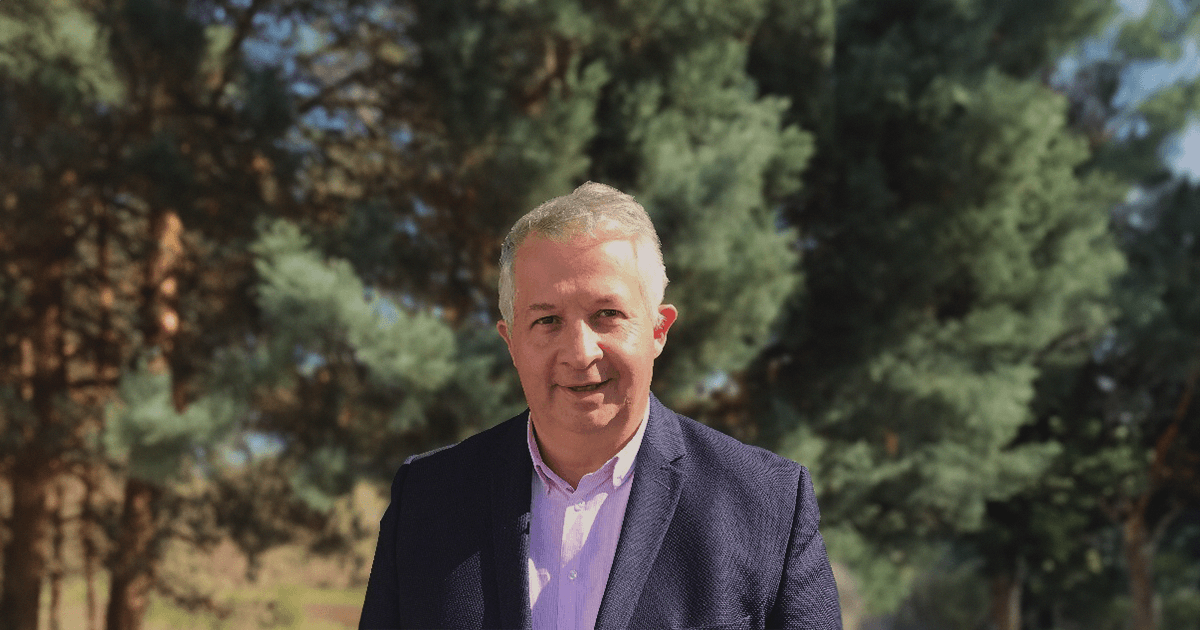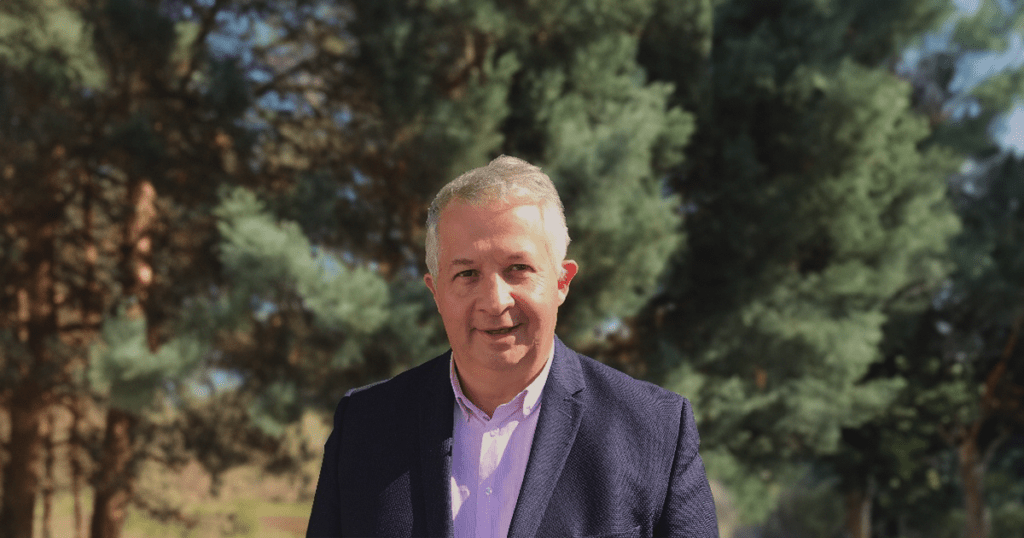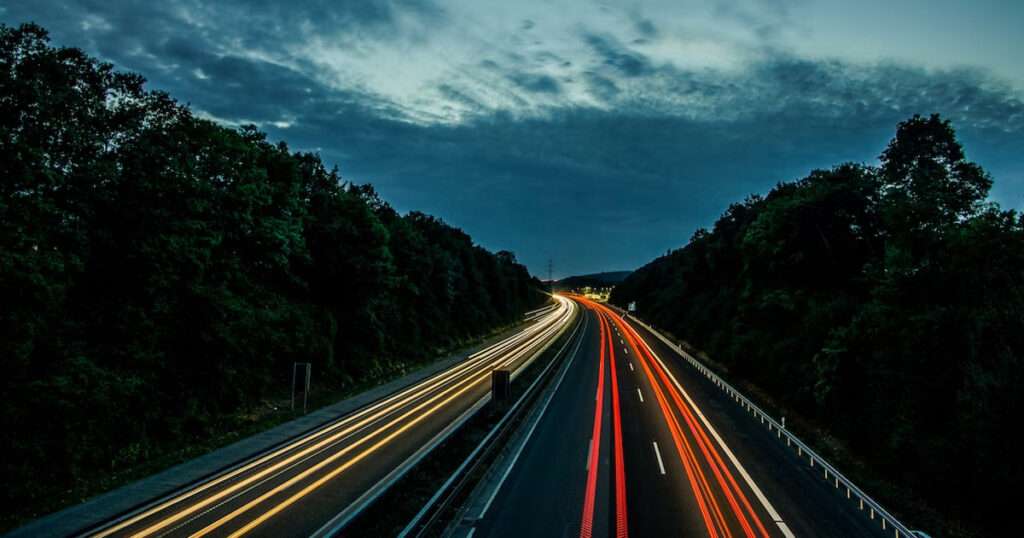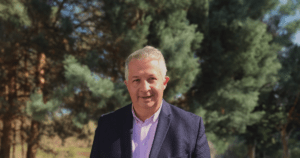After the first part of our interview on “How incentive solutions can boost ecomobility in cities”, let’s move on to the second part of our exclusive interview with Nicolas Tronchon, founder and CEO of Transway. Our guest gives us a transparent overview of the obstacles frequently encountered by local authorities when they come to the idea of deploying incentive solutions. Then, the successes of some cities with which Transway has worked to effectively engage citizens in changing the way they travel…
How can the equity and accessibility of incentive solutions be managed? Are there strategies to ensure that only certain groups in the population can benefit?
It’s important to understand that unfortunately we can’t reach everyone. Our aim is to reach between 30% and 40% of the community. This means that 60% of the community will not take part in the incentive programme. The reality is that not everyone responds to incentives in the same way. Our approach aims to engage as many people as possible by offering a variety of incentives. These stimuli are not necessarily financial, but rather cognitive, informative or charitable, to ensure a fair and engaging scheme for the whole population. Even with this approach, it is normal for some people not to participate.
It’s not a question of age or socio-professional category, because each network is unique. It’s essential to understand that we don’t have a single solution, but several responses adapted to each context. However, we recognize that we may inadvertently exclude certain populations who are not receptive to incentives. For example, a person with reduced mobility cannot use a bicycle.
In your opinion, what are the main obstacles faced by local authorities in implementing incentive solutions, apart from a lack of budget?
Incentives are based on complex commercial and incentive processes. There can be a real political obstacle on the part of local authorities. Some elected representatives may perceive incentives as a mercantile approach, when in fact they are not at all. Each customer can personalise the project according to his or her preferences, for example by proposing cultural or sporting offers, such as free season tickets for the town’s football team. Unfortunately, some decision-makers may perceive our solution as primarily profit-driven, which is a misconception.
Another potential obstacle is the multiplicity of players involved in the project, such as local advertisers, shopkeepers, associations and so on. This may seem like a challenge for the network, but we have the experience to manage these aspects effectively. Finally, connecting an operator’s transport data can be perceived as an obstacle by transport authorities, as it requires precise coordination. However, we have specific solutions to overcome these challenges.
What role do governments play in implementing incentive solutions in a given area?
The government plays a major role in initiating, driving and supporting the implementation of such solutions. It must also define important criteria, ensuring that the policy actually serves the intended purpose. On the whole, we have seen that the government has taken important steps in our sector… Notably by enacting laws and decrees and increasing certain budgets. We’ve seen some real legislative initiatives, something that hasn’t happened in the last 30 years. Of course, it remains to be seen whether these commitments will be equal to the climate challenges and whether the necessary resources will be available. Time will tell.
Over a one-year period, what incentives can be put in place to effectively boost and impact the attractiveness of a region?
The deployment of a Transway project generally takes between 3 and 4 months. Once implemented, we start collecting the first indicators six months later. It’s a relatively simple process. For example, if the city of Marseille wanted to put in place incentive solutions to change the travel habits of its residents, we would need around 3 to 4 months to integrate our system into the existing network. Then, with the appropriate resources, we can measure the impact after six months. To sum up, in one year
Are there any international success stories that inspire you?
Well, one project that particularly impressed us was Rotterdam’s positive toll scheme, to which Transway contributed. In this case, the idea was to offer users €2 in the morning and €2 in the evening to encourage them to change their travel habits, and it worked impressively. Transway has also undertaken a similar project in collaboration with the Lille metropolitan area, called “Changez, ça rapporte”. In both these initiatives, the initial investment was commensurate with the objectives set, which largely explains their success. There’s no secret…
This interview with Nicolas Tronchon has provided us with a profound insight into the mechanics of ecomobility incentive solutions. As we bring this rewarding discussion to a close, we are encouraged to explore further the avenues of responsible mobility… We’ll be back very soon for another expert interview…





